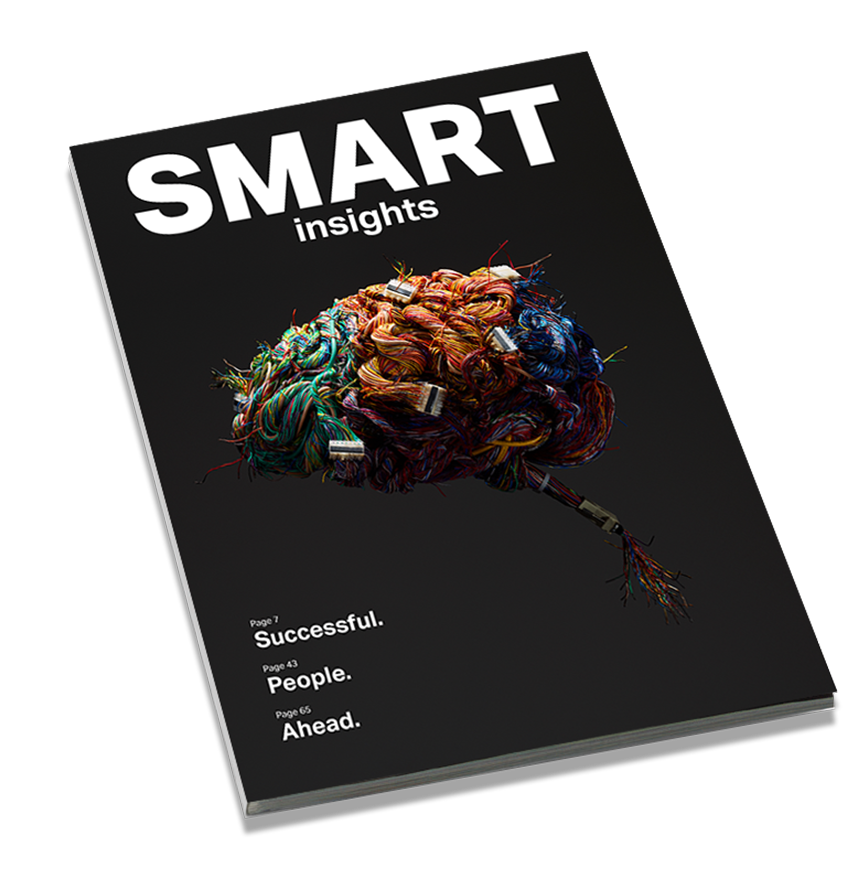This article was published in the Ergon Magazine SMART insights 2019. Order your free copy now ->
If your GPS, compass, Apple Maps and Google Maps are no use, hat will you need to bring the past to life in the present, using augmented reality (AR)? How is the City of Zurich hoping to explore its own past? And, most importantly, what has it got planned for the future? Christian Hürzeler, Project Manager at the GIS Centre of Competence within the City of Zurich’s City Planning Office, takes us behind the scenes.
“A while ago we had two projects in which we were able to test the possibilities of AR for the first time – the archaeological finds from the construction work for the new Opéra multistorey cark park and a school building that had been planned,” says Hürzeler. “It enabled us to show local people what these projects were all about in a completely new way.”
The second-oldest door in the world
And there was plenty to show: under the square at Sechseläutenplatz, the archaeologists had found more than 20,000 items that could be dated using dendrochronology back to the year 3173 BCE. They even found a door that was also more than 5,000 years old. Measurements were made in two dimensions: there was a platform here, a jetty there, the shore was over there, and there were walkways linking the pile dwellings.
Keen interest
There was much local interest, even during the dig, and the idea was developed at a relatively early point to use new technologies to present the findings. “In 2017, in a three-week exhibition on the site, we showed how the settlement might have looked back then. We chose HoloLens AR headset technology to present this, combined with a GPS coordinates system. Visitors could borrow a HoloLens as they toured round the Sechseläutenplatz and see with their own eyes, in virtual reality, how the site had looked more than 5,000 years ago.”
 Pile dwelling settlement and entrance to multistorey car park
Pile dwelling settlement and entrance to multistorey car park
 Close-up of virtual pile dwelling settlement
Close-up of virtual pile dwelling settlement
 Surrounding buildings masked with matching 3D model
Surrounding buildings masked with matching 3D model
 Pile dwelling settlement and surrounding buildings
Pile dwelling settlement and surrounding buildings
More cost-effective and practical
To ensure the pile dwelling settlement could be viewed even after the exhibition was over, it was decided to create an internal pilot app that could be used easily with a smartphone or tablet. “Almost everyone has one or other of these devices to hand – this would make using the app more practical and sustainable, not to mention far more cost-effective,” explains Hürzeler.
The challenge was clear
How can you successfully set up a cost-effective field study using pre-existing data and resources to find out whether AR might prove a viable option on mobile devices? The pile dwelling settlement had been precisely surveyed and was available as a digital 3D reconstruction – and the City of Zurich also existed as a digital model; combining the two would open up new worlds, both real and virtual.
An app for everyone
Ergon’s engineers worked with the GIS Centre of Competence at the City of Zurich’s City Planning Office to combine both systems and develop an app. The idea for future applications is the following: visitors will download the app to their tablet or smartphone, focus their camera on the Opéra multistorey entrance sign (thus fixing their location) and then they are ready to go – a world of pile dwellings will appear “live”, as it were, on the device, overlaid extremely accurately onto the visitor’s real world.

“We want to allow people to experience both the past and the future of the City of Zurich.”
Augmented reality and smart city
“The field trials have shown us that AR applications on mobile devices are highly suitable for communicating content in a way that can be immediately experienced,” says Hürzeler. “Now we are well placed to investigate what future projects and topics we could address using the findings we have made.” Hürzeler continues: “Based on the ‘Smart City Zürich’ strategy, we have used AR to test the opportunities presented by the digital transformation unfolding around us and have field-tested a promising technological innovation. These days, interdisciplinary cooperations, such as that between IT experts and architects or planners and archaeologists, for example, are becoming increasingly important in the city administration, too. So we’re glad to have been able to use the pile dwellings project to demonstrate how AR could be usefully deployed in other contexts. Three-dimensional, scale renderings of future building and planning projects could be created like this, for example, opening up new possibilities when it comes to enabling sentiments and opinions – both for the local population and for the city administration.”
Key points at a glance
Challenges
- AR in a large-scale, real-world outdoor scenario
- Changing light conditions
- Simple, cost-effective solution accessible to all
Idea & concept
- Intuitive use on smartphone/tablet
- Re-purposing of existing virtual models
- Easy localisation within surroundings
Approach
- Use of 3D models of pile dwelling settlement and local buildings
- On-site evaluation of accuracy and durability
- User testing for depiction of virtual objects
Tech & tools
- Application of cutting-edge technologies: ARKit, Vuforia and 6d.ai
- High-performance representation of virtual scene
- Robust and stable linking of virtual and real scenes
Wow
- Visual details of models on smartphone
- High quality for visual representation (including detailing) on smartphone; texturing and lighting
- Merging two worlds: real-world surroundings are reflected, one-to-one, in surface of virtual water
- Experimental masking with dynamically identified objects
Interested in more?
Digitisation projects
Change makers
Tech trends
Order now
